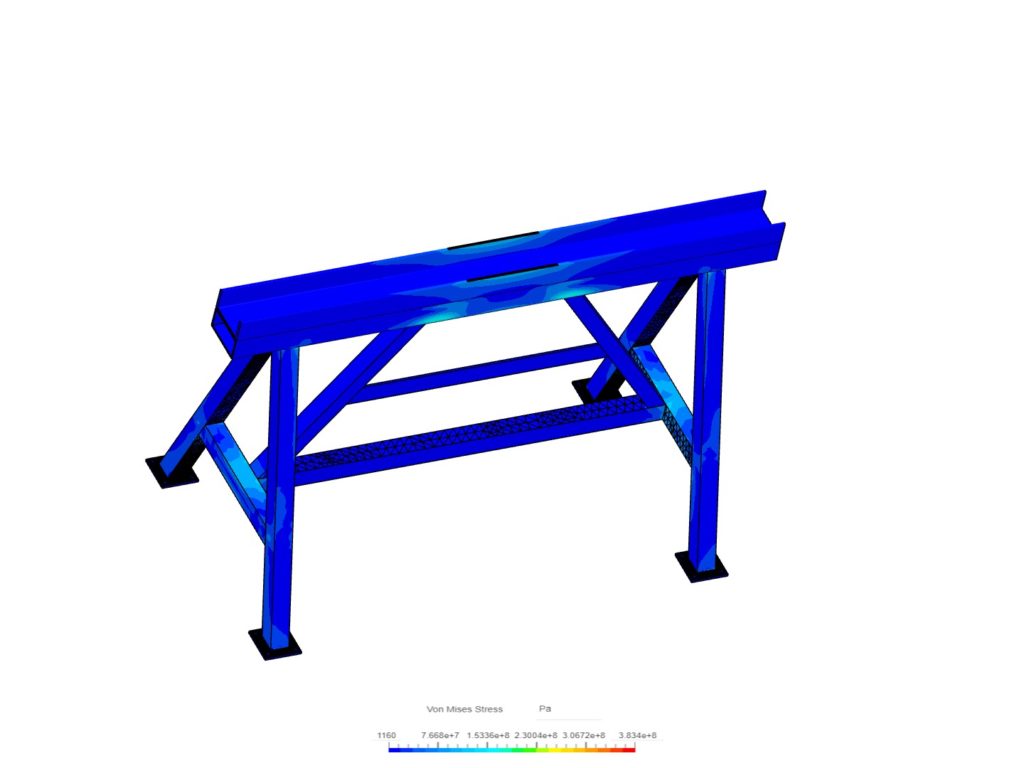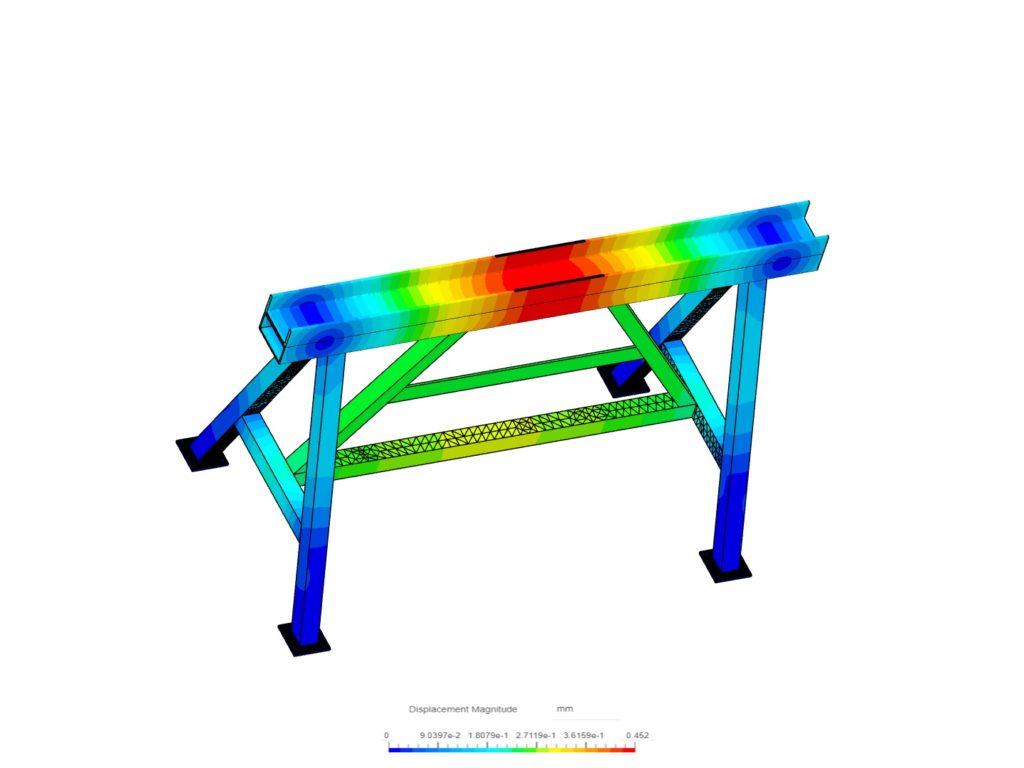
At Qomaira, we specialize in providing state-of-the-art Computational Fluid Dynamics (CFD) solutions to help businesses optimize their engineering processes. Our CFD simulations are used to design and optimize equipment, products, and processes that involve fluid flow, heat transfer, combustion, and mass transfer. By using advanced simulations, we help clients improve their products, reduce time to market, and streamline their engineering processes.
Preview samples of our work…
CFD of a Venturi Air conditioner Unit
A CFD was performed to simulate the concept of the device. Then another CFD was done to simulate the device’s effect on a certain room. The design concept depends on refreshing the air much more than other air conditioners in the Egyptian market, by the Venturi effect.

Cooling a bottle of liquid using a Peltier module
The purpose was to simulate which Peltier module is effective in cooling down a liquid inside a bottle through an aluminum base with a certain decrease in temperature degrees in a certain time.
The simulation was part of designing a unique cooling wine base.
CFD of Horizontal Axis Wind Turbine (HAWT) Blade
This assessment aims to conduct a 2D CFD analysis on a HAWT blade airfoil using ANSYS Fluent and compare the numerical results with experimental data. The analysis calculates lift, drag, and moment forces for the ‘NACA 63(4)-221’ blade profile across a range of angles of attack.

CFD for several solar panel structures.
A CFD simulation evaluated various solar panel designs at different angles and elevations, exposed to a wind speed of 128 mph. It revealed drag results for the lower face of the panels and compared drag across different areas within the same design and among different designs.
CFD for several solar panel structures.
A CFD thermal analysis showing how hot water of petrol engine is cooling sowing through the pipes of the radiator.
CFD of an Electric Cigarette (Vape)
The CFD was a stage of the design for a Vape, for testing the performance of two designs.
The simulations showed how the two designs would work and how Air (from breathing) and vegetable oil would be mixed and reach the user.
CFD and FEA of a Gorlov turbine
A CFD simulation was performed on a Gorlov turbine “vertical wind Turbine” blades at a certain angular speed, in order to get contours of pressure on the blades. Then these data were used to get the structural data like stress, strains, and deformation caused by the pressure on the blades.























